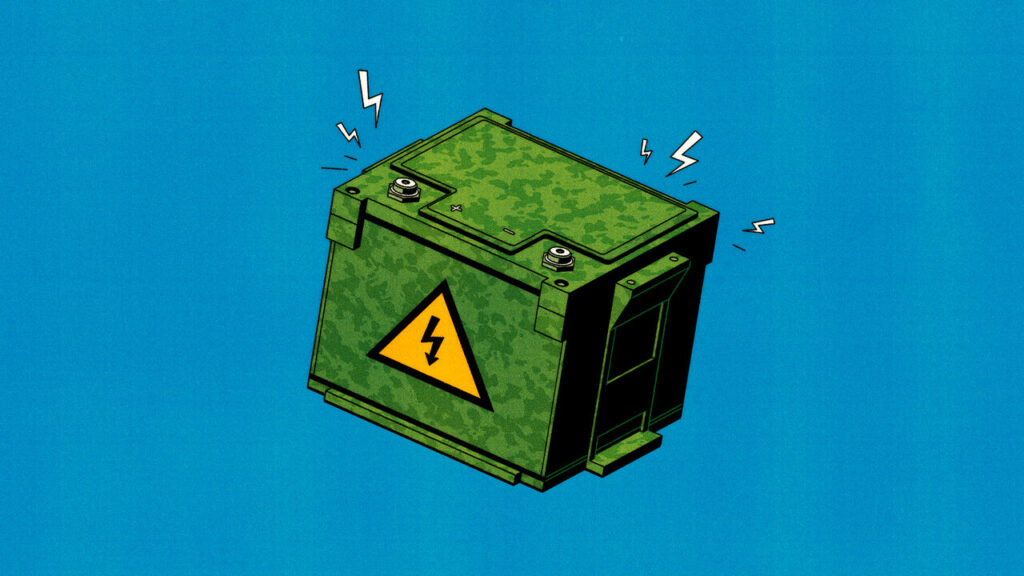On June 1st, 2023, Ukraine marked a significant technological leap in military operations by executing an unprecedented raid that exemplified 21st-century warfare. With the use of ingenuity and 117 drones, the Ukrainian forces coordinated an extensive aerial operation that saw these unmanned aerial vehicles (UAVs) deployed from hidden locations across Russia, ranging from the frigid expanse of Siberia to the border shared with China. This audacious maneuver led to the destruction of numerous aircraft from Vladimir Putin’s long-range air fleet, demonstrating Ukraine’s capability to strike back against overwhelming odds.
The strategic timing of the raid couldn’t have been more pertinent as it coincided with an ongoing series of relentless aerial assaults launched by the Russian president against Ukrainian territories. The conflict had escalated significantly leading up to June, with heavy bombardments affecting civilians and critical infrastructure alike. Ukrainian resilience in the face of such adversity became a key narrative, with the June 1st incursion being a dramatic illustration of this determination.
Just eight days later, on June 9th, the Russian military retaliated with its most extensive drone campaign of the ongoing conflict. In a show of force, they unleashed an unprecedented 479 drones targeting various vital installations within Ukraine, including airfields, cities, and manufacturing facilities. This act marked a significant escalation in Russia’s approach to the war and illustrated the changing dynamics of aerial warfare, where drone technology began to play a pivotal role.
As the conflict unfolded, the drone warfare tactics being adopted by both Ukraine and Russia were increasingly drawing attention from military experts around the world. The future of combat was being transformed by these machines, which allowed for precise strikes while minimizing risks to human pilots. Moreover, smaller and more diverse drone technologies were being developed at a fast pace, giving nations innovative tools for conducting military operations.
Ukraine’s strategic use of drones not only served a military purpose but also sent a strong message of defiance against Russian aggression. The success of the June 1st raid could boost morale not only within Ukrainian forces but also among the civilian population, reminding them that resistance is possible even when confronted with such formidable military capabilities. Furthermore, the psychological impact of such raids could compel Russia to rethink its military strategies and deployments, knowing that their assets are now vulnerable.
In addition to the raids themselves, the international response to these developments has also been noteworthy. Countries observing the conflict have begun to reassess their military alliances and support systems, understanding that engagement in warfare is no longer limited to traditional ground and air forces. As nations around the globe contemplate their own military postures in light of Ukraine’s innovative tactics, the ongoing conflict is highlighting a fundamental shift in how wars are fought in the modern era.
The dynamics of 21st-century warfare, characterized by technological advancements and asymmetric strategies, are reshaping not only military doctrines but also the geopolitical landscape. Observers are left pondering the implications of such changes on future conflicts, peace negotiations, and the broader fabric of international relations. The events surrounding the Ukrainian raids and subsequent Russian drone strikes will likely serve as case studies for military strategists and historians for years to come, emphasizing both the power of technology and the indomitable spirit of resistance in warfare.
In conclusion, the military developments marked by Ukraine’s drone raids in early June 2023 represent a pivotal moment not only in the ongoing conflict with Russia but also in the evolution of military tactics worldwide. As both sides continue to adapt to emerging technologies and methodologies, the outcomes of their engagements will undoubtedly shape the future of warfare and global interactions long into the future.



